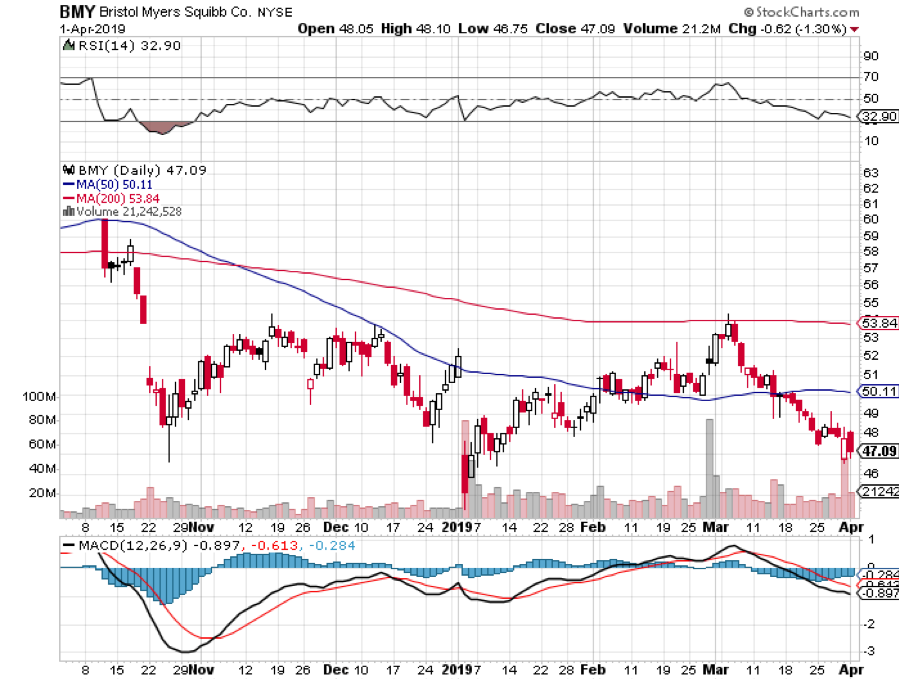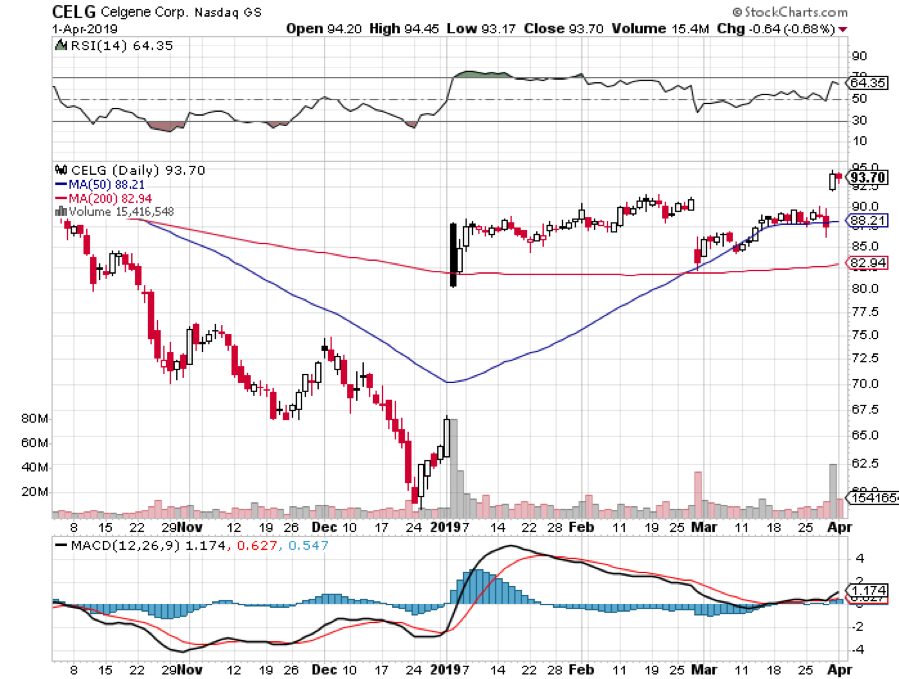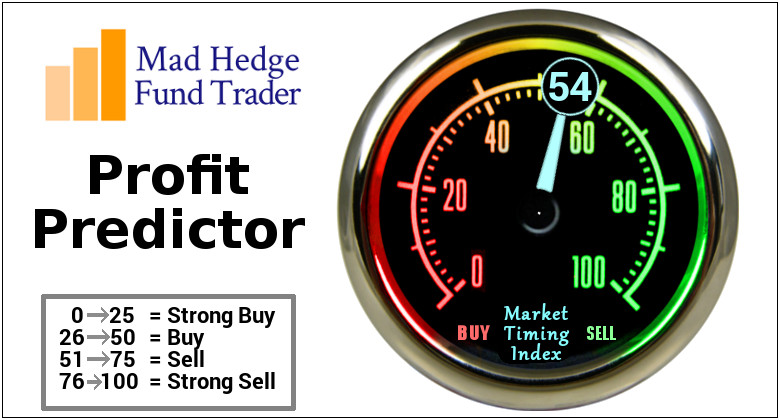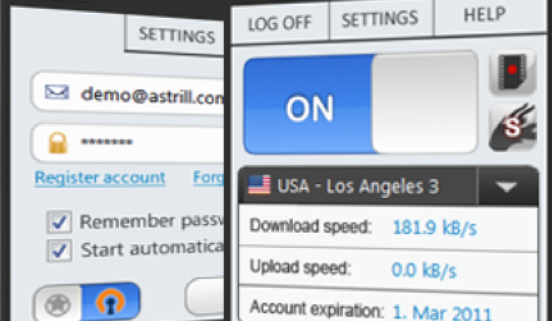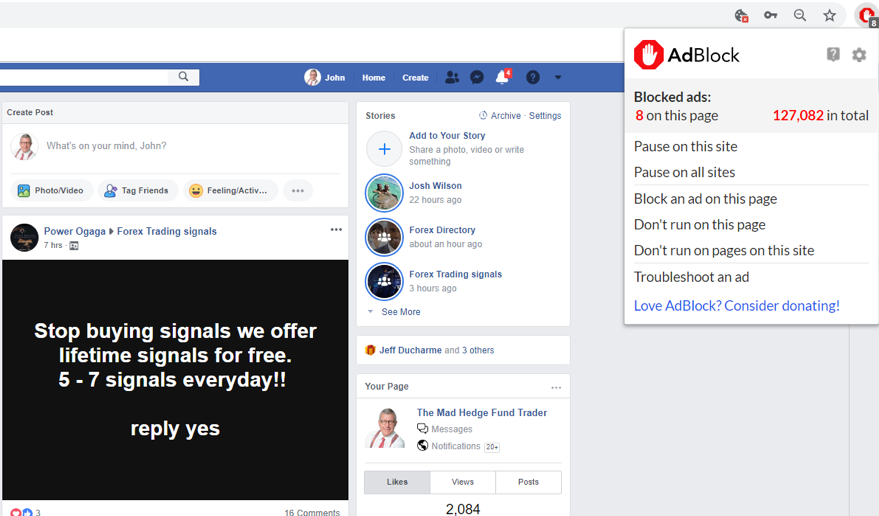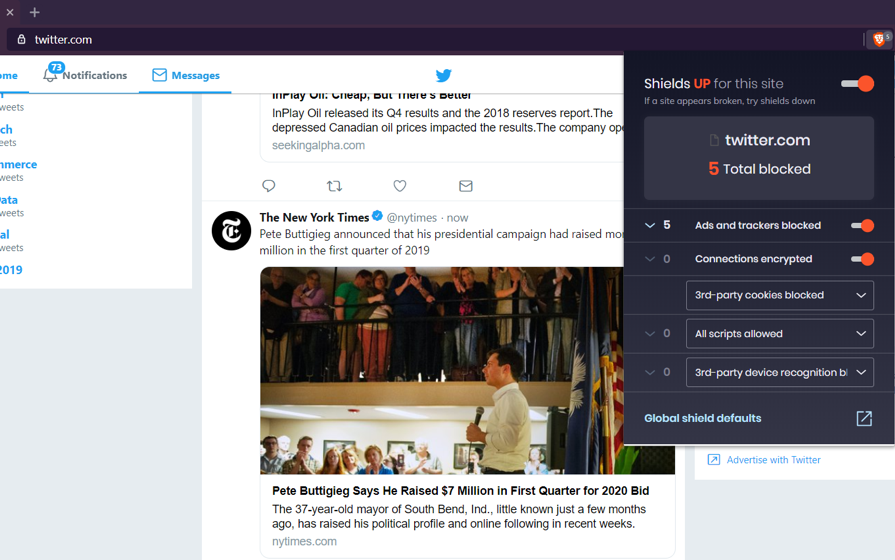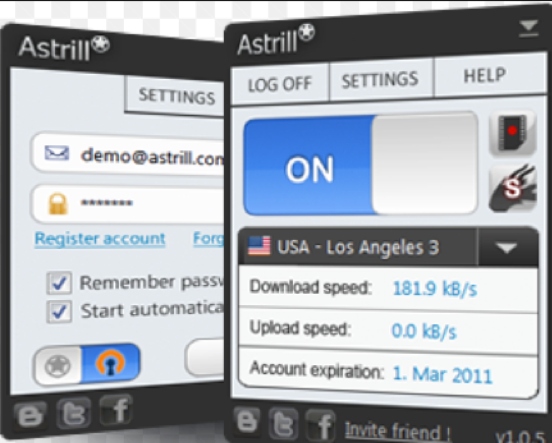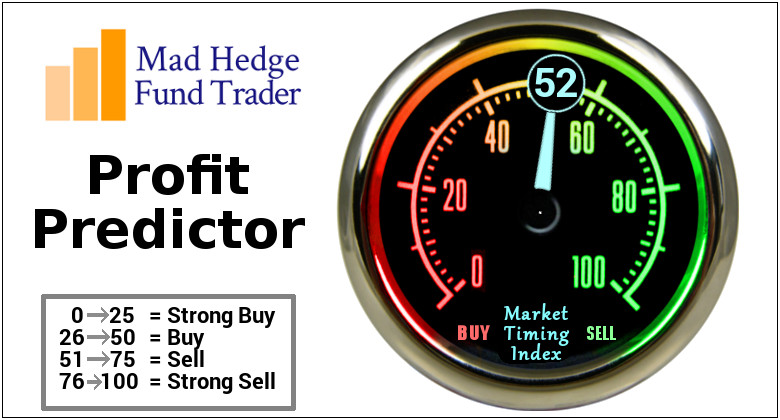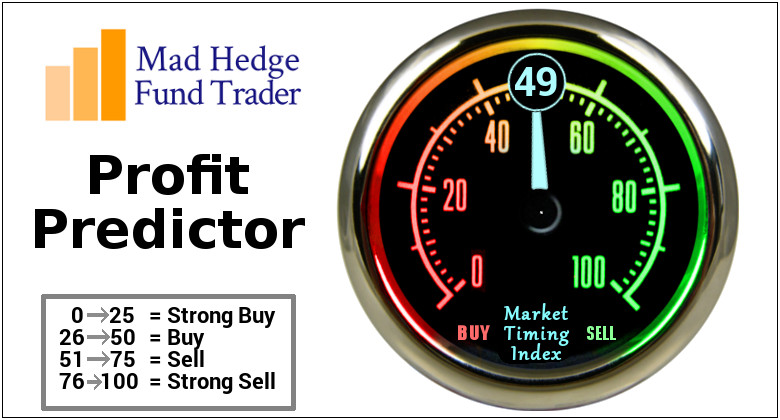The start of 2019 saw Bristol-Myers Squibb (BMY) reveal a plan that rattled a number of its investors: the 132-year-old biotech giant plans to buy Celgene (CELG) for $74 billion or approximately $102.43 per share.
While these kinds of moves happen often, Bristol’s decision has some of its major shareholders up in arms. So far, Bristol top holder Wellington with 8% of shares, Dodge & Cox with 2.61%, and Starboard Value with 0.06% have publicly expressed their opposition to the merger.
Aside from labeling this deal as “ill-advised,” Starboard suggested that Bristol should either consider selling itself or simply put an end to this plan.
Here’s a short background on the matter.
For Bristol, this deal seemed to have stemmed from the dwindling performance of its mega-blockbuster immuno-oncology drug Opdivo compared to its greatest competitor, Merck & Co’s (MRK) Keytruda.
Unfortunately for Bristol, Opdivo failed to obtain a monotherapy in first-line lung cancer result while Keytruda succeeded on this front. The whole process resulted in costly losses to Bristol and massive sales for Merck in the tune of $7.2 billion, outpacing Opdivo’s $6.7 billion in 2018 – a first for both drugs since the two had been neck to neck since their launches.
The threat of competing cancer drugs – generic and otherwise – against Opdivo didn’t help either. In effect, Bristol has been facing pressure from investors to recoup the costs either via expansion or a profitable merger. By comparison, Bristol’s annual revenue is at $22.6 billion while Merck is at $42.3 billion and fellow competitor Pfizer (PFE) is at $53.4 billion.
On the other side of the merger, Celgene (CELG) has been struggling with the looming loss of its patent protection for their major drug Revlimid, a multiple myeloma medication which accounts for 65% of the company’s $14.2 billion annual revenue. By 2022, generic alternatives are anticipated to eat away the shares of Revlimid. This puts roughly $10 billion in annual sales at risk for Celgene.
In comparison, Celgene’s competitors seem miles ahead based on their reported annual revenues alone, with Eli Lilly (LLY) at $24.6 billion and Novartis (NOVN) at $51 billion.
Celgene’s response to this impending “doom” is to come up with a promising stable of treatments and medications to offset their future losses. This is where Bristol comes in.
While it’s still up in the air if the merger would actually benefit Bristol massively, Celgene seems to be on a win-win situation here. With the money from Bristol, Celgene can relax a bit about the competitors chomping at the bit to decimate Revlimid’s status in the market. On top of that, they’ll be able to insulate themselves (and portfolios) from potential failures in their pipeline.
What about Bristol?
Well, you can look at the merger as Bristol paying for Celgene’s ideas. With a pipeline brimming at the seams, Bristol would be able to have choice picks on what could be their next blockbuster drug especially in light of the weakening performance of Opdivo in the market.
Not only that, another Bristol mega-blockbuster drug Eliquis, an atrial fibrillation medication, is expected to see a decline in sales starting 2022 due to its pending patent expiration.
So far, Bristol shares have experienced a drop by -25.29% or -$17.25, putting it at $50.97 per share in comparison with its previously recorded high of $68.22 last week. The past 52 weeks have also seen Bristol trade as low as $44.3. Meanwhile, its current earnings-per-share (EPS) is estimated to sit at around $1.04 per share.
These estimates make a number of investors bullish with regard to the near-term reports of Bristol a modest prediction of an 11.3% increase in its average price target. This is estimated to lead to a potential market cap rise to $93.04 billion.
How realistic is this promising future of overflowing pipeline for Bristol?
Details of the merger reveal that Celgene will get a contingent value right (CVR) worth a one-time $9-per-share bonus if the company’s three most promising treatments snag FDA approval on set dates: multiple sclerosis drug Ozanimod and Liso-cel by December 31, 2020, as well as bb2121 by March 31, 2021.
Is it achievable?
It looks like it since all three drugs already have available data and are set for late-stage trials necessary for regulatory approvals.
Is this a slam dunk deal then?
This depends greatly on how Celgene works out the kinks of their drugs. So far, Ozanimod was rejected by the FDA in 2018 due to doubts on the company’s capacity to execute the trials effectively. Will Bristol’s backing guarantee approval in the next round? Possibly, especially since the FDA’s rejection was reportedly due to a lack of potential funding by Celgene to support their trials.
Whether or not this deal pushes through heavily depends on the other major shareholders of Bristol. So far, the opposition raised by the three investors hasn’t really resulted in the company wavering on this plan.
However, April 12 is a long way to go when it comes to finalizing this takeover and both sides are still working on persuading their fellow shareholders to stand by their arguments.
What about Celgene? How does this takeover sound to their investors?
Celgene’s investors should be celebrating since this merger has a lot of promising upsides for them and quite frankly, offers a highly lucrative escape plan. Bristol’s buying price of $102.43 per stock is a 54% premium in comparison to the average price of per Celgene share. The CVR incentive offered by Bristol definitely adds the icing to the cake for Celgene investors as well.
Overall, the deal seems to be a reasonable move for both Celgene and Bristol. While the merger definitely has its fair share of risks, Bristol’s key takeaway here is the plethora of opportunities to grow their SKUs. Even with the threat of Celgene’s Revlimid losing patent protection in the years to come, this takeover still offers good strategic positioning shots and promising pipeline expansion for Bristol.
After all, both companies are not necessarily goldmines for investors and are poised to crash sometime soon given their recent performance trends. Perhaps joining forces would give them a fighting chance to ward off more hostile takeovers or worse, a bankruptcy.

